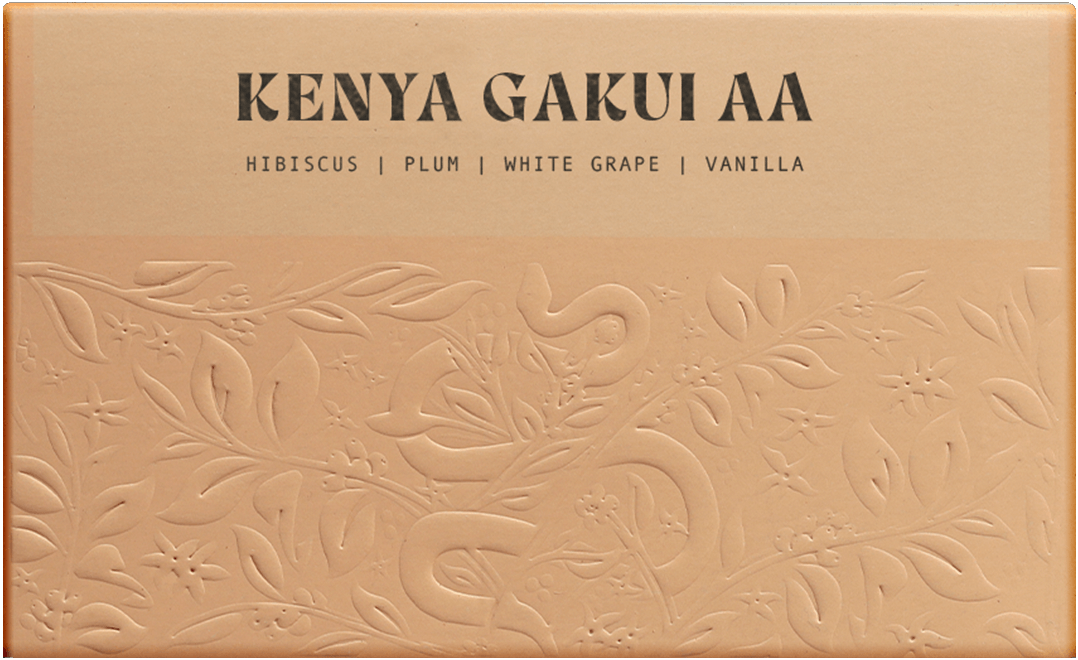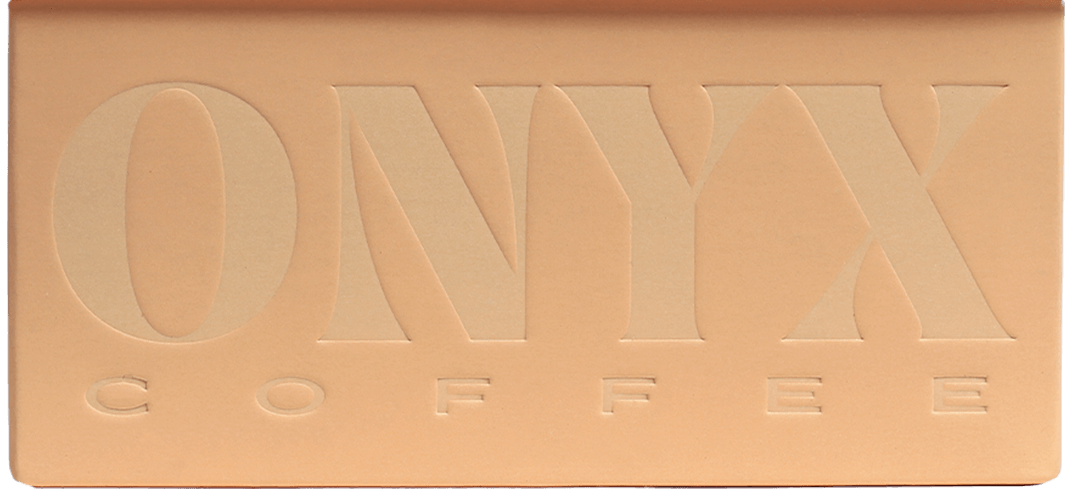Story
Driving upcountry to Nyeri is stunning, the driver expertly weaves their way through the traffic of Nairobi. The city can seemingly extend forever, due to the massive amount of layered housing extending from the city center. Once Nairobi fades away, you comfortably cruise the highway north towards Nyeri. On a clear day, Mount Kenya is in full snow capped view to the left, while miles and miles of pineapples pass by your right. Once you reach the base of Mount Kenya national park, well-known names of cooperatives and washing stations start to pop up. The Gakui Factory was founded in 1996 and is currently overseen by the Gakundu Farmers Co-operative Society Limited. Alongside Gakui, this cooperative manages Gakundu, Kamviu, and Gichugu factories. Gakundu FCS, founded back in the 1960s, plays a crucial role in supporting approximately 4,000 smallholder member farmers. Their services include offering technical training, facilitating access to credit, and providing essential resources. Member benefits extend beyond farming to encompass financial literacy, computer training, and affordable access to agro-inputs and fertilizers. Moreover, the cooperative structure assists in marketing, business management, and the exportation of their products. This infrastructure allows for the direct sale of coffee to buyers or through the Nairobi Coffee Exchange.
KENYA AUCTIONS
Kenya's coffee system is quite sophisticated, employing two primary avenues for selling and exporting coffee: the Nairobi Coffee Exchange, which operates as a central auction system, and the marketer direct-sale system. Among these, cooperatives often prefer the former, utilizing the auction system to sell their coffees based on their quality.
To participate in the competitive auction system and bid on coffees, one must be a licensed marketer. The auctions take place every Tuesday, and the previous week's samples are sent out to the marketers and cuppers. This allows them to evaluate the coffees' quality before deciding which ones to bid on. The term "outturn" refers to the week when the coffee is wet-milled and produced. Each of our Kenya lots is labeled with a number indicating its specific outturn. We have a preference for outturns ranging from 14 to 21, as they fall in the middle to the end of the harvest period and typically yield nutrient-rich and exceptional-tasting coffees.
KENYA PROCESS
In the Kenya process, first, the cherries are sorted, and under-ripe/overripe cherries are removed. Once the sorting is finished, the coffee is then depulped. This is done by squeezing the cherry through a screen and removing the fruit and skin from the bean. The coffee is then left to ferment in white ceramic tiled tanks for 24 hours. Next, the coffee is stirred for a short amount of time and left to ferment for another 24 hours. After two days of dry fermentation, the coffee is washed with fresh water, removing the sticky mucilage attached to the beans that are loosened by bacteria during the fermentation. It’s then soaked in water to ferment overnight slightly. The coffee goes through sorting and density channels, which separates the lots, and then it is taken to raised beds to dry. Once it reaches 11.5-12% moisture content, the coffee is brought to conditioning bins to rest until it goes to the dry mill.
Once a coffee has been processed, dried, and then milled, it goes to a sorter that separates the beans by specific characteristics, mainly size. Coffee goes into a machine that vibrates, sending beans through different screens with different-sized holes and sorts the coffee based on size and density. This results in a more uniform coffee and cup profile. Then the coffees are auctioned based on the grade (size & density) they have.
AA (screen size 17 & 18)
The largest and most celebrated grade of Kenyan coffee. Usually the highest priced coffee on the auction from each outturn and factory. AA is the most common grade we buy and what we normally expect from an outstanding Kenya cup.
AB (screen size 15 & 16)
This grade represents about 30% of Kenya production. While AB is usually considered lower quality than AA, we find that to not be accurate in the cup. Over the years of cupping, we have consistently found incredible AB’s that actually cup better than their more prestigious AA relatives, enforcing the idea that everything must be cupped and not have its value determined based on classification or reputation.
PB (Peaberry)
Peaberries represent about 10% of Kenya production. They are a result of a coffee cherry only producing one bean instead of two. Technically they are fused together during early stages and form one round bean instead of two half spheres. We tend to notice more fermentation tasting notes here. Winey, syrupy, and mouth coating are some of the attributes that we usually notice in the cup.
OTHER SIZES
E (large Peaberries & large chipped beans)
C (screen size 14 & 15)
TT (falls through 14)
T (small or broken pieces of beans)





